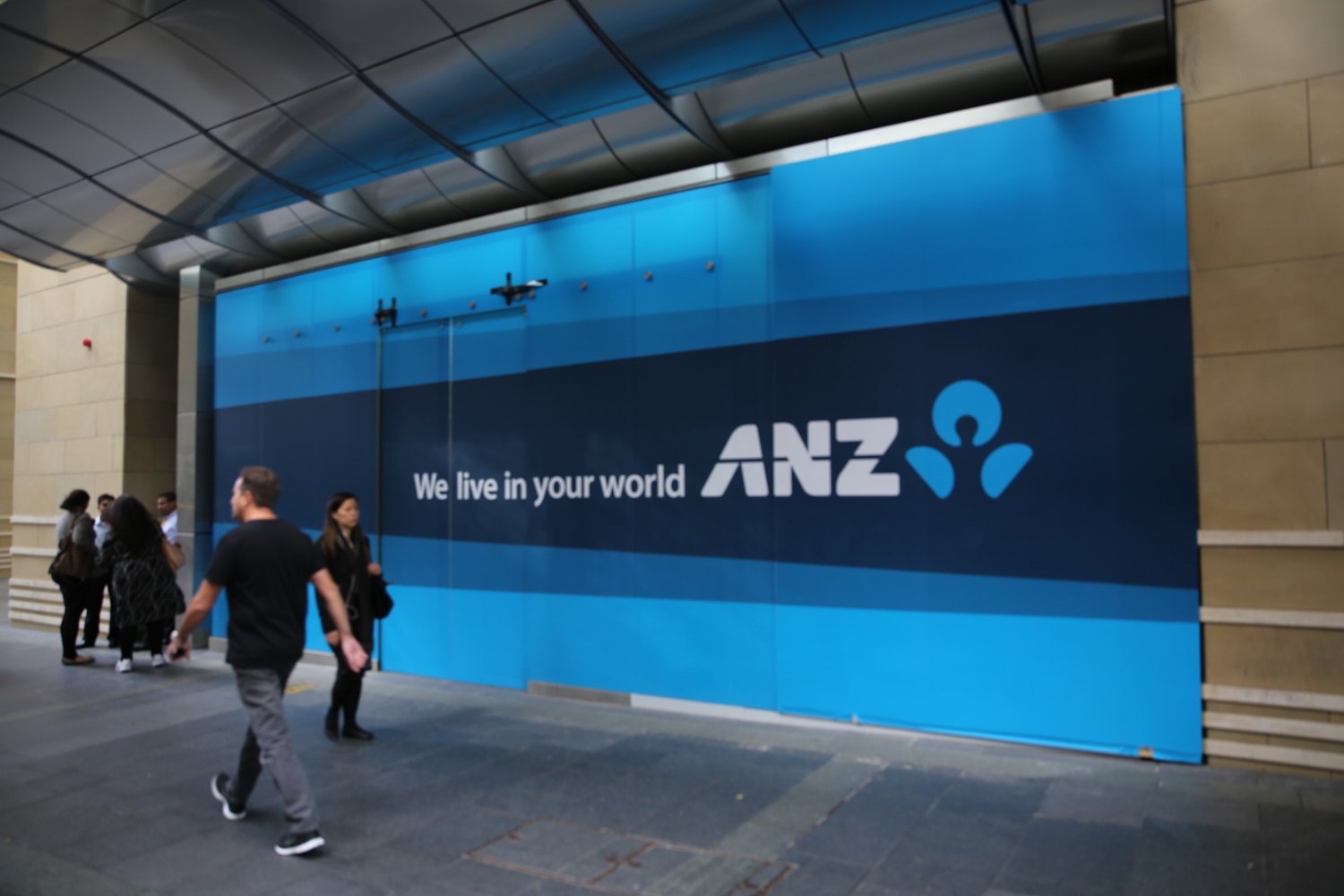Borrow
How will rising rates impact mortgage stress?
Mortgage holders could face thousands of dollars in extra repayment costs per year as a result of impending rate hikes.
How will rising rates impact mortgage stress?
Mortgage holders could face thousands of dollars in extra repayment costs per year as a result of impending rate hikes.

With interest rates widely expected to lift off from June this year, new analysis has revealed how much Aussies will have to pay to service their home loans and what effect this will have on current levels of mortgage stress.
Using the example of a $500,000 loan with a 25-year term and variable interest rate of 2.7 per cent, Savvy found that a 1 percentage point rate rise would see monthly repayments rise to $2,557 from $2,294 - adding up to an extra $3,156 per year.
Research from Roy Morgan late last year found that 15.8 per cent of mortgage holders, or a total of 584,000, were considered at risk of mortgage stress.
Savvy MD and home finance expert, Bill Tsouvalas, noted that mortgage stress sat at record lows towards the end of 2021 following government intervention such as extended payment holidays, JobKeeper, JobSeeker and COVID-19 disaster payments.

“With record levels of government debt on the books now, the government – and whatever that government might be after the 21 May election – will be reluctant to bail out homeowners in view of creating even more inflation,” he said.
“What is pleasing to note is that unemployment is at near-record lows (4 per cent), which should push wages higher, especially in services where employers are scrambling to fill positions.”
Using a combined average income of two people of $135,720, and the latest wage price index from the Australian Bureau of Statistics (2.3 per cent), Savvy calculated that households can expect to receive $3,121 extra per year.
This would mean that they would only need to find an additional $35 each year to meet the increased mortgage repayments outlined in the firm’s earlier explored scenario.
However, Savvy pointed out that unforeseen events such as a significant drop in work hours or a job loss would immediately put the household in mortgage stress.
Mortgage stress is typically defined as paying more than 30 per cent of a household’s pre-tax income towards mortgage repayments.
Savvy said that some 20.3 per cent of household income goes towards repayments in its current scenario, rising to 22.6 per cent after a 1 percentage point rate rise.
The Home Loan Affordability Index from Bluestone Home Loans, which measures the proportion of average income required to make an average home loan repayment, found that 2021 was the worst year for home loan affordability on record with a decline of 14.5 per cent.
Meanwhile, ANZ has predicted that the strong outlook for employment and wage growth moving forward will cushion the anticipated lift in rates.

Loans
ANZ’s self-employed rethink: mainstreaming cashflow credit in Australian mortgages
ANZ’s policy shift for self-employed borrowers is more than a documentation tweak — it’s a signal that cashflow-based underwriting is moving into the mainstream. Read more

Loans
Navigating the Australian student loan landscape: Options for financing your education
Securing financing for post-secondary education is a significant step for many Australians, offering a pathway to advancing career prospects and achieving personal growth. Read more

Loans
Secured vs. unsecured personal loans: Which is right for you?
When considering a personal loan in Australia, one of the first decisions you'll face is whether to opt for a secured or an unsecured loan. Each type has distinct advantages and drawbacks, and the ...Read more

Loans
Weighing up interest-only home loans: What Australian borrowers need to know
Interest-only home loans have become a topic of considerable interest among Australian borrowers, offering a unique approach to home financing. This type of loan allows borrowers to pay only the ...Read more

Loans
Bridging loans demystified: Navigating your next property purchase in Australia
Navigating the property market can be daunting, especially when timing issues arise between selling your current home and purchasing a new one. Bridging loans offers a solution, providing the ...Read more

Loans
Ultimate guide to green loans: Financing sustainable home projects in Australia
As Australians become increasingly conscious of their environmental impact, many are turning to sustainable home improvements to reduce their carbon footprint and enhance energy efficiencyRead more

Loans
CBA launches digital home loan with 10-minute application
According to the bank, Unloan will provide a single low-cost interest rate to borrowers with an application time of as little as ten minutes. Read more

Loans
Are central banks weighing the economic pain of rate hikes?
The hype around interest rate hikes usually centres around the urgent and fundamental need to alleviate the consequences of inflation – but does this monetary policy do more harm than good? Read more

Loans
ANZ’s self-employed rethink: mainstreaming cashflow credit in Australian mortgages
ANZ’s policy shift for self-employed borrowers is more than a documentation tweak — it’s a signal that cashflow-based underwriting is moving into the mainstream. Read more

Loans
Navigating the Australian student loan landscape: Options for financing your education
Securing financing for post-secondary education is a significant step for many Australians, offering a pathway to advancing career prospects and achieving personal growth. Read more

Loans
Secured vs. unsecured personal loans: Which is right for you?
When considering a personal loan in Australia, one of the first decisions you'll face is whether to opt for a secured or an unsecured loan. Each type has distinct advantages and drawbacks, and the ...Read more

Loans
Weighing up interest-only home loans: What Australian borrowers need to know
Interest-only home loans have become a topic of considerable interest among Australian borrowers, offering a unique approach to home financing. This type of loan allows borrowers to pay only the ...Read more

Loans
Bridging loans demystified: Navigating your next property purchase in Australia
Navigating the property market can be daunting, especially when timing issues arise between selling your current home and purchasing a new one. Bridging loans offers a solution, providing the ...Read more

Loans
Ultimate guide to green loans: Financing sustainable home projects in Australia
As Australians become increasingly conscious of their environmental impact, many are turning to sustainable home improvements to reduce their carbon footprint and enhance energy efficiencyRead more

Loans
CBA launches digital home loan with 10-minute application
According to the bank, Unloan will provide a single low-cost interest rate to borrowers with an application time of as little as ten minutes. Read more

Loans
Are central banks weighing the economic pain of rate hikes?
The hype around interest rate hikes usually centres around the urgent and fundamental need to alleviate the consequences of inflation – but does this monetary policy do more harm than good? Read more








